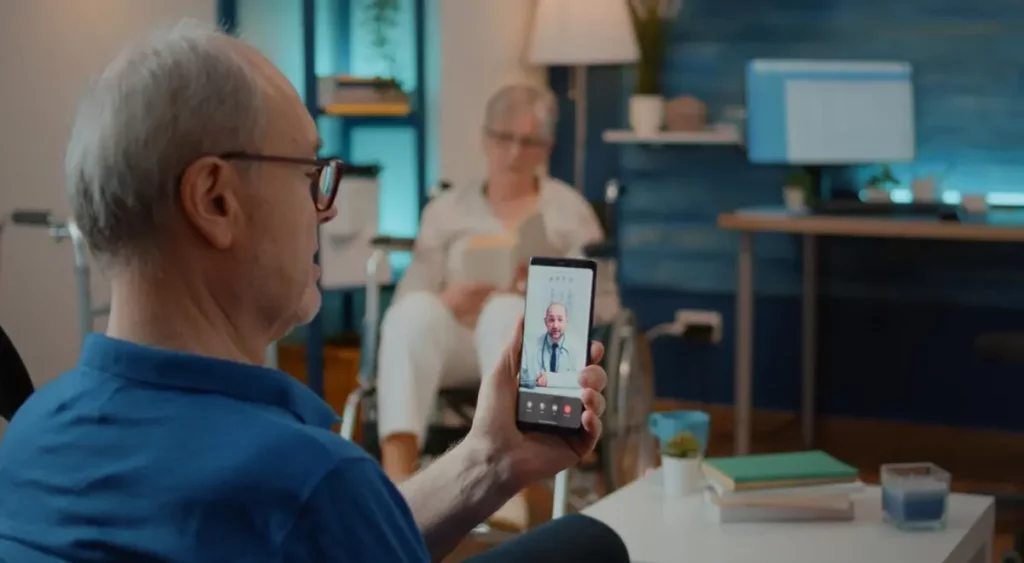Remote Glucose Monitoring for Diabetes Patients: A Caregiver’s Guide
As a caregiver, understanding the importance of remote monitoring explained for families is crucial, especially when it comes to managing diabetes. One of the most effective ways to manage this condition is through remote glucose monitoring for diabetes patients. This method allows caregivers to monitor blood glucose levels from a distance, providing peace of mind and ensuring optimal health for their loved ones.

The Importance of Remote Glucose Monitoring
Remote glucose monitoring for diabetes patients is a game-changer in diabetes management. It offers caregivers real-time updates on blood sugar levels, allowing them to intervene promptly if levels become too high or too low. This timely intervention can prevent severe complications and hospitalizations.

How Remote Glucose Monitoring Works
Remote glucose monitoring systems consist of a sensor attached to the patient’s body that measures glucose levels in the interstitial fluid. The readings are then transmitted to a device accessible to the caregiver, allowing them to monitor the patient’s glucose levels remotely.
Benefits of Remote Glucose Monitoring
Remote glucose monitoring for diabetes patients offers numerous benefits. It allows for continuous monitoring, which is crucial in managing diabetes effectively. It also reduces the need for invasive finger-prick tests, making it a more comfortable option for the patient. For more information on the benefits of remote health monitoring, you can read this article.
Conclusion
Remote glucose monitoring for diabetes patients is an essential tool for caregivers. It offers peace of mind and ensures that patients receive the best possible care. To further enhance your caregiving skills, you might want to consider options to upgrade senior safety or learn how to train for dry nights.
Author: Daniel Brooks
Publication Date: 2025-10-07

